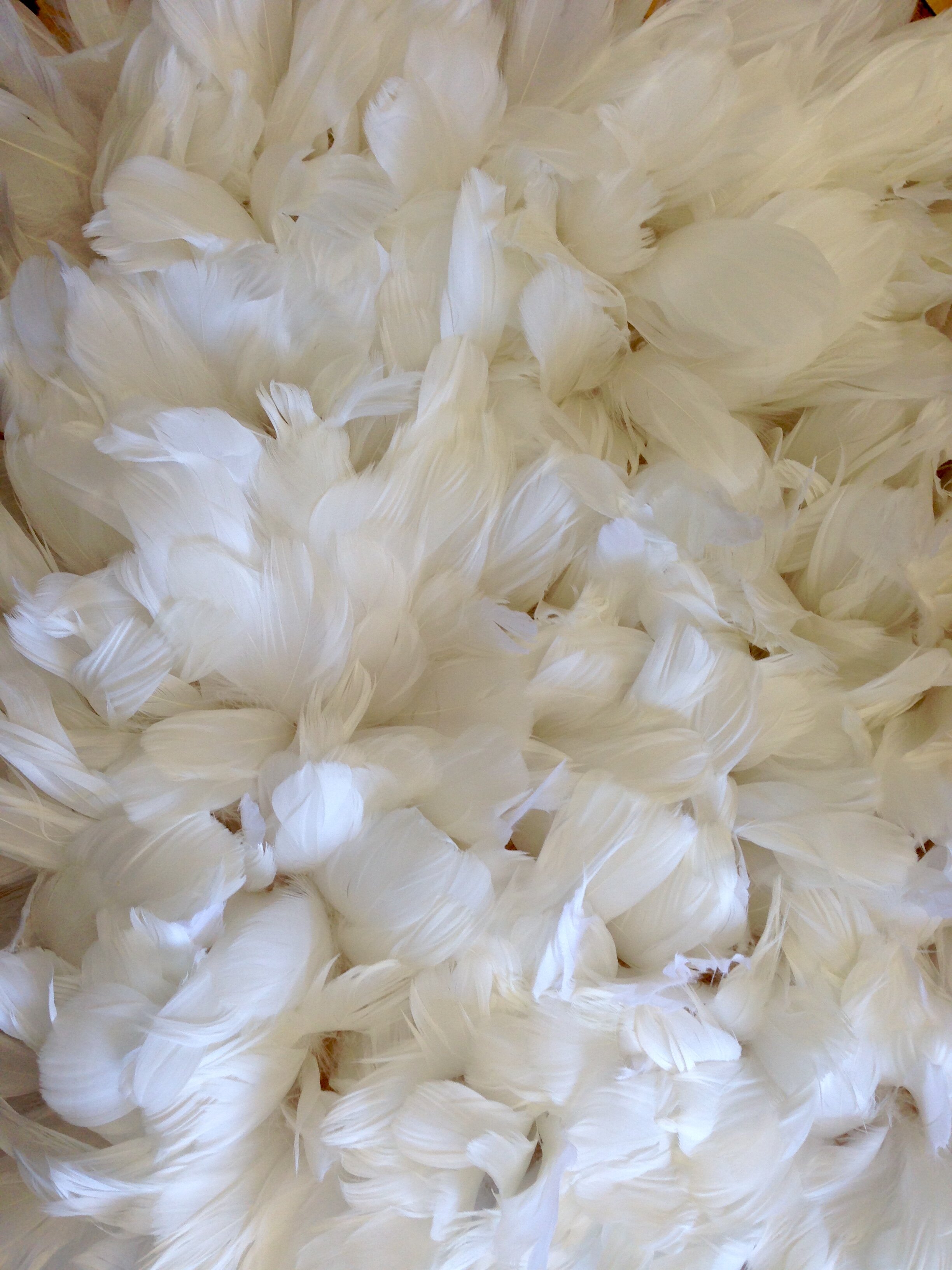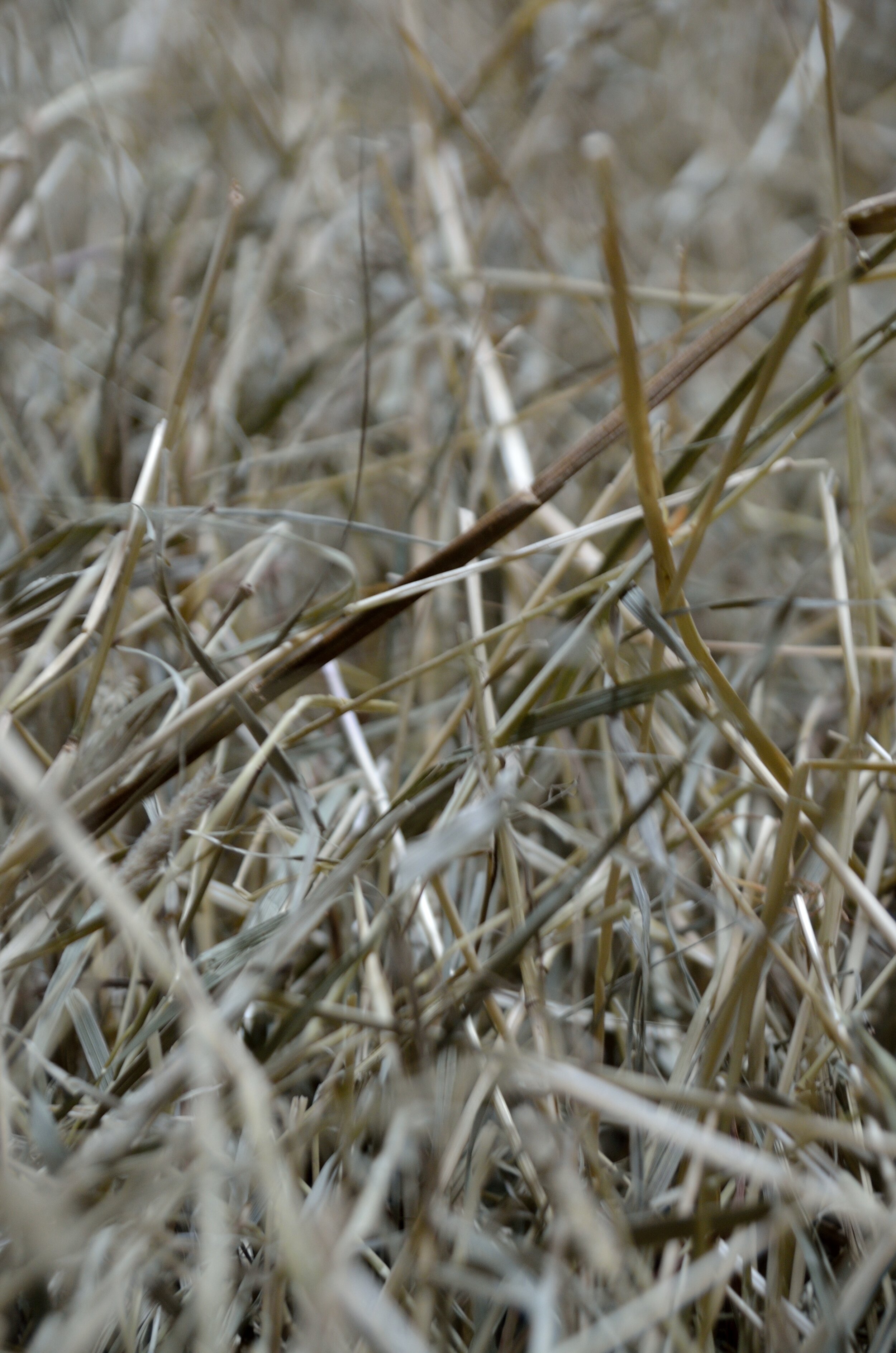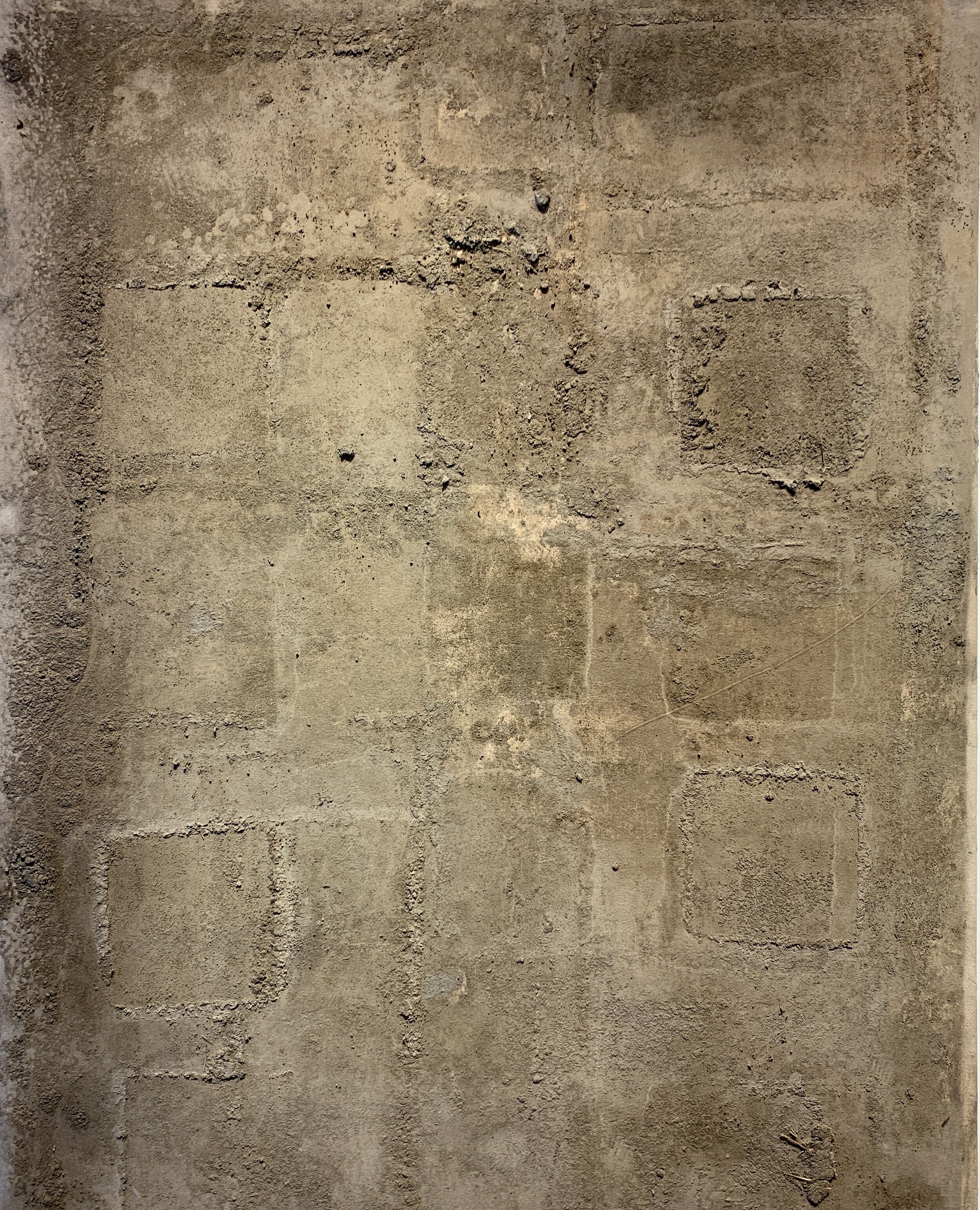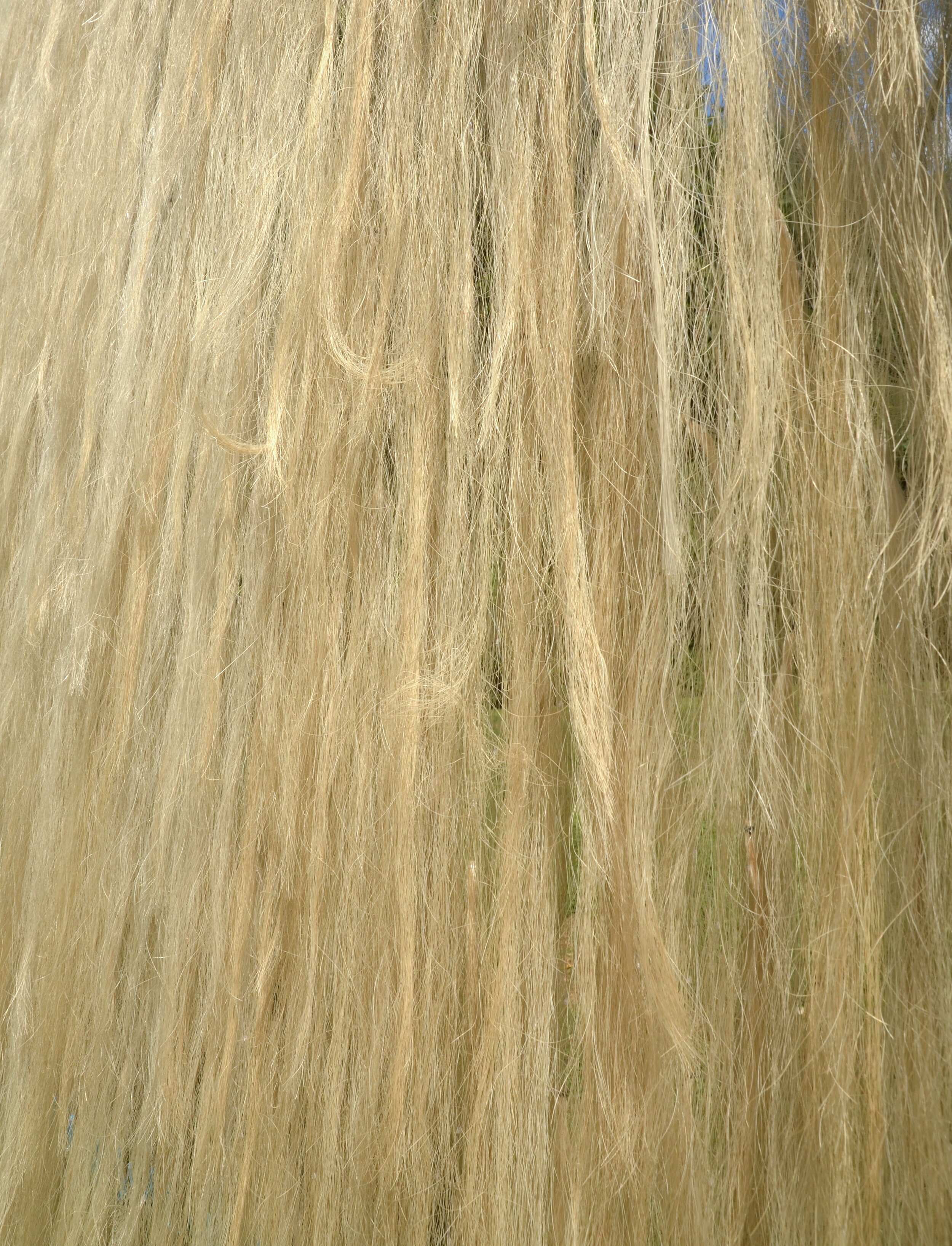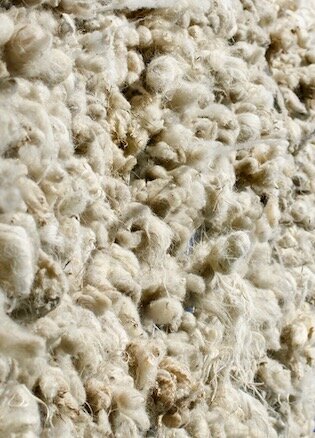This summer it was all about understanding the community of farm and what that means for The Clemmons Family Farm in Charlotte, Vermont. Watch this short video about the work we did this summer with interns from Mass College of Art and Design and University of Vermont.
welcome interns!
Five wonderful new college interns from my two alma maters, University of Vermont and Massachusetts College of Art and Design, are working with the studio this summer at Clemmons Family Farm in Charlotte, VT. Some are Environmental students and some art majors. Welcome Gabrielle Rosenbacher, Phoebe Tucker, Cullen Hairston, Dory Sumner and Chloe Dubois.
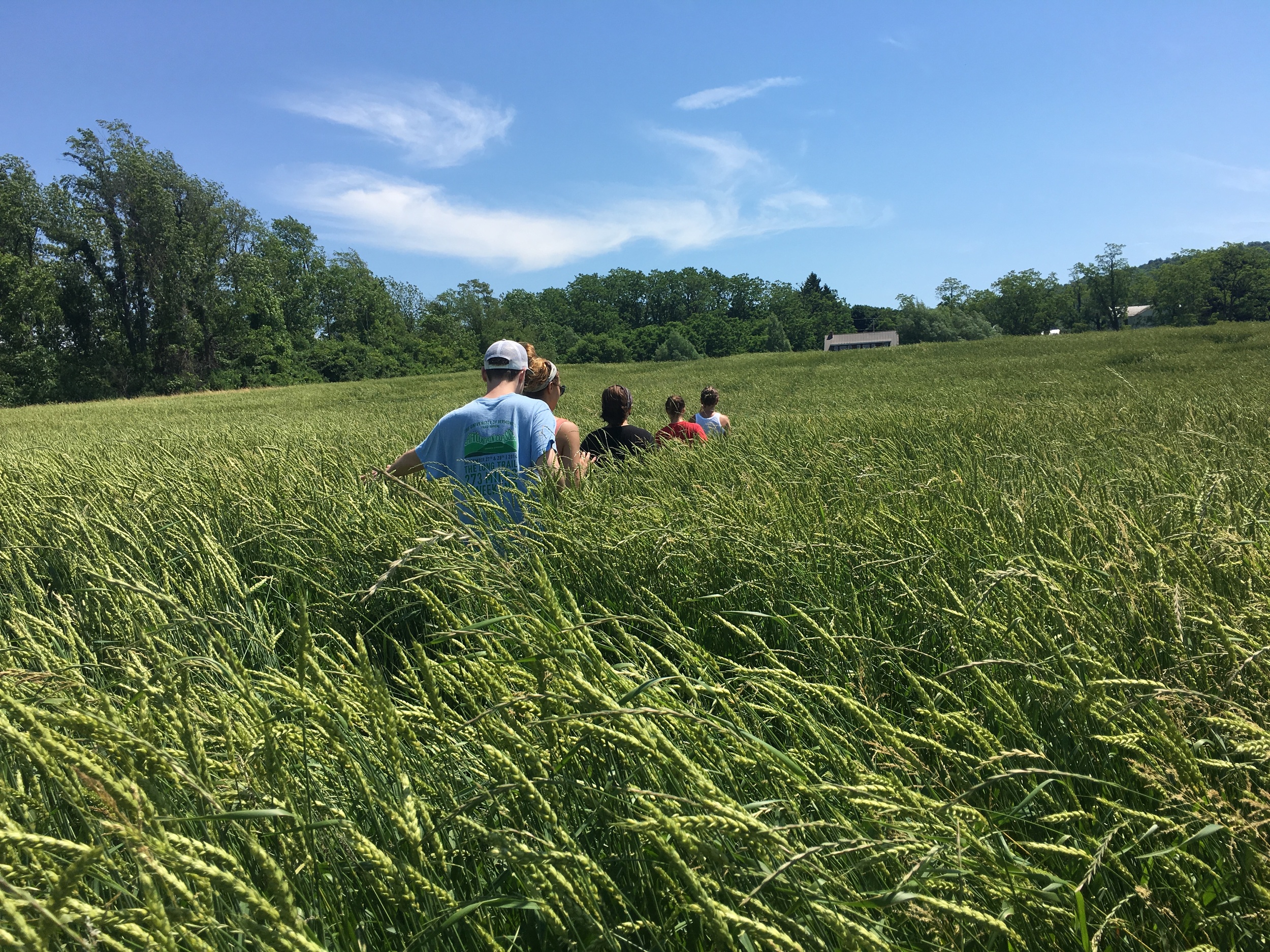
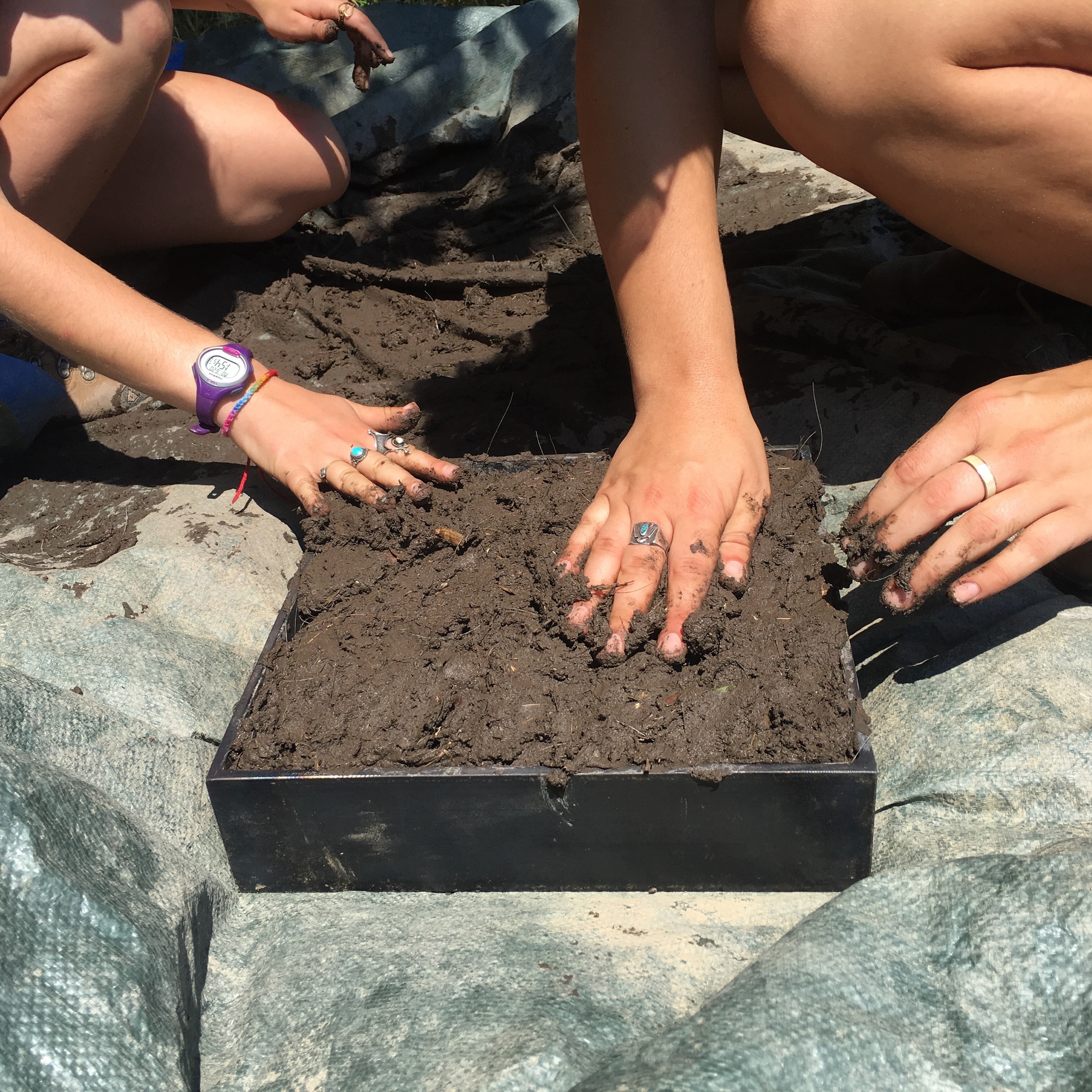
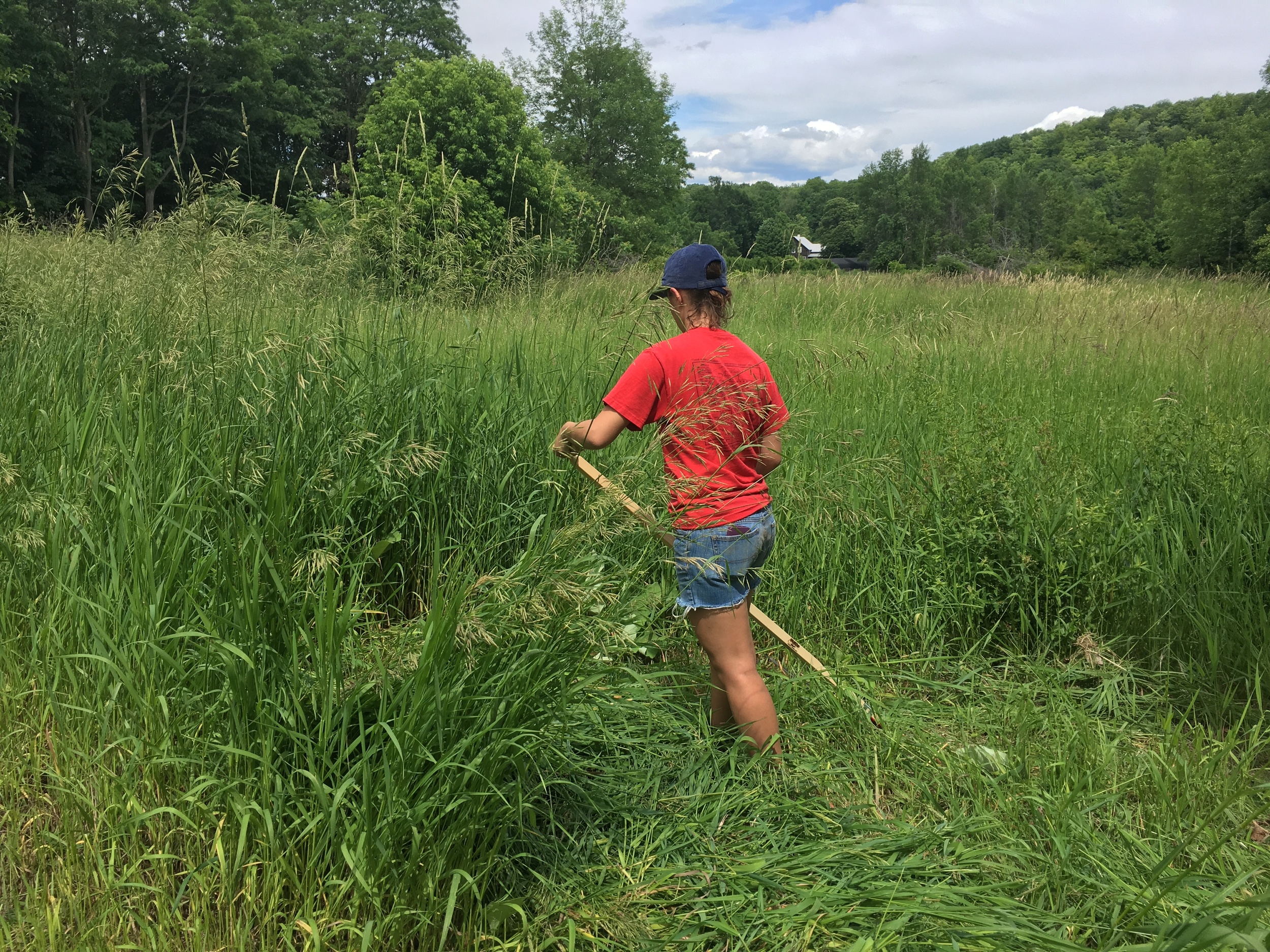
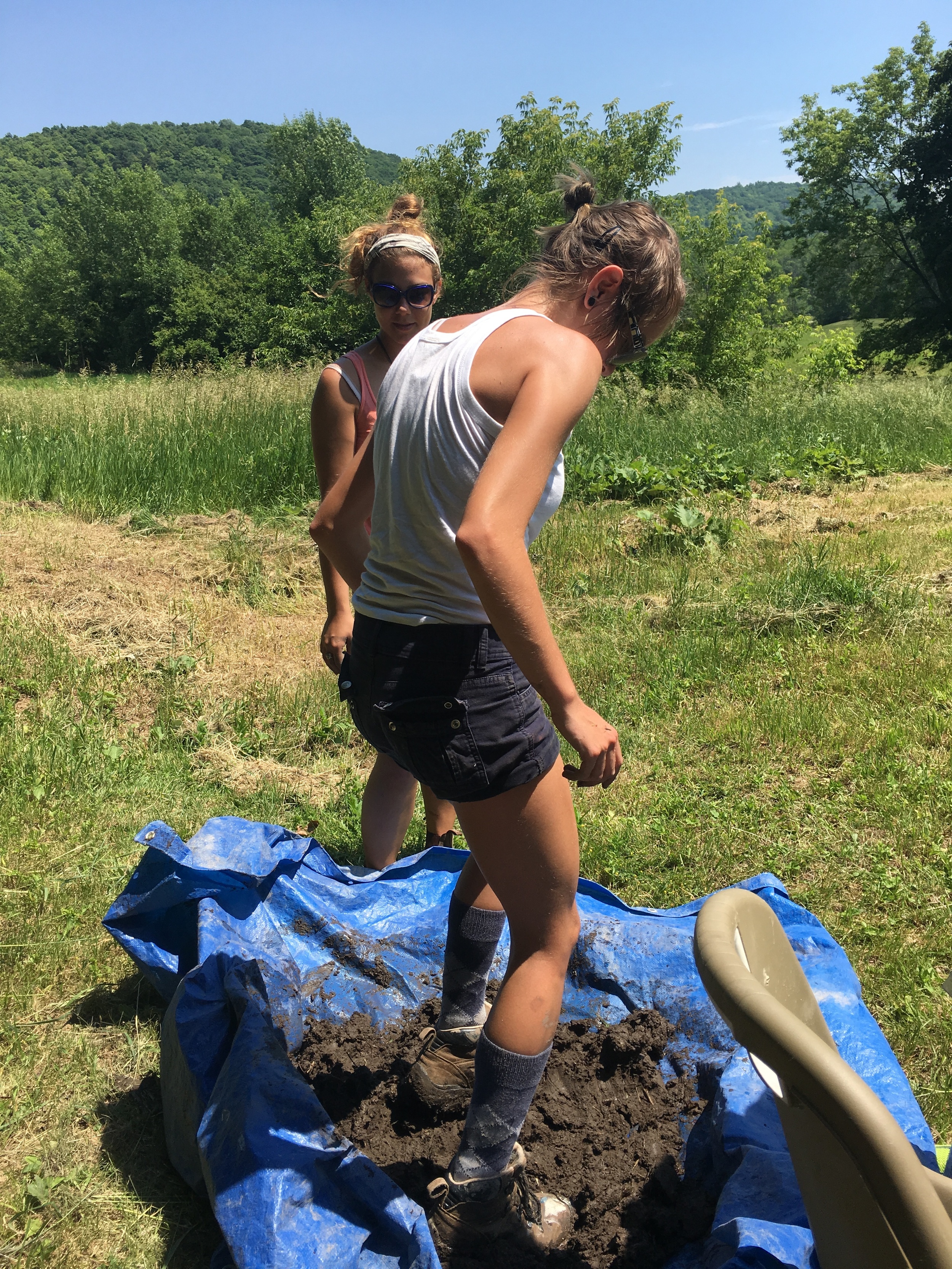
Open Studio
One, out of a hundred of my favorite things about the residency at Shelburne Farms in Shelburne, Vermont is talking with the visitors who come to the Breeding Barn, a place where I have called studio for the past two months. People from all over the world visit this extraordinary farm. I get several visitors a day and some tours coming through with many questions about what I am doing. Is that fur? Why would you put sails out in the fields? Then I get the memories of their grandmother weaving or their father's farm. I love it when I get helpers along the way, because the meditative process of weaving of materials together with others is a bit like a quilting bee, and the conversations are priceless.
University of Vermont professor, Cami Davis and her Environmental Art students were a wonderful part of this. We wove and talked about aspects of contemporary art. It was great to have inquisitive, engaged young artists. Thanks to all for their help.
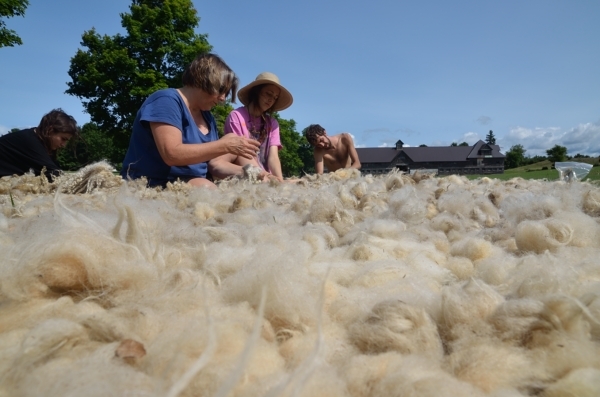
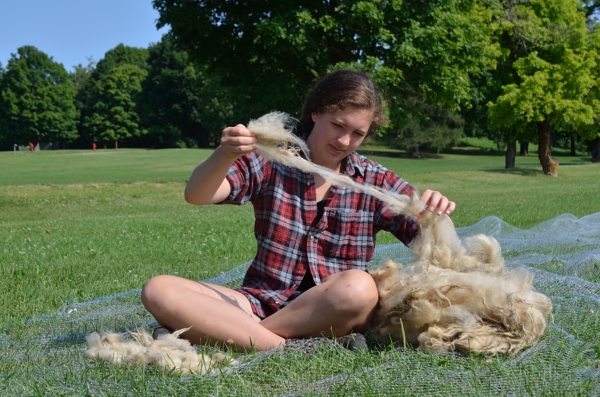

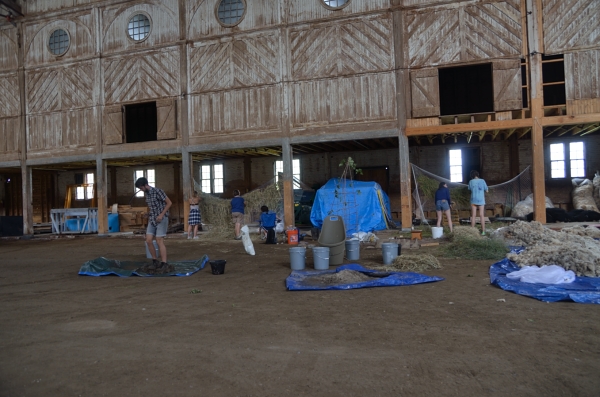
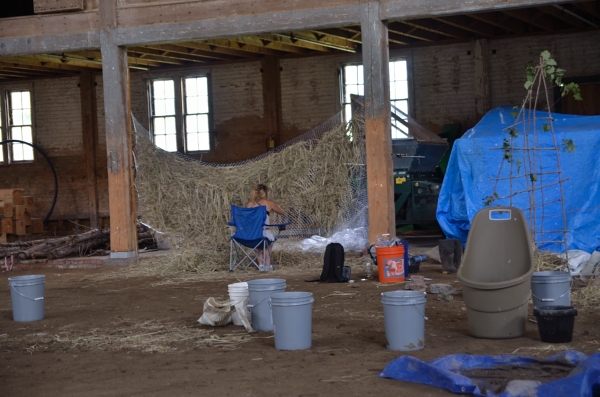
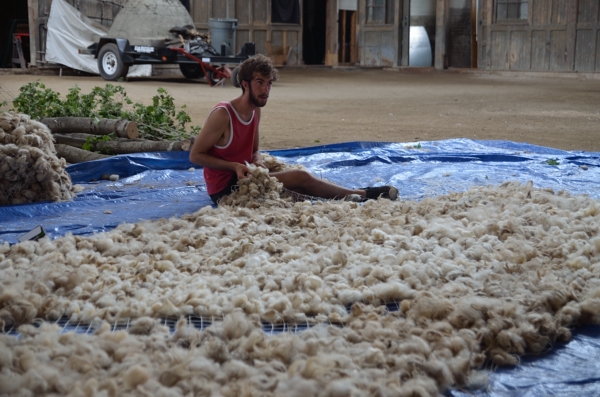
I'm happy to announce that Jacob Lumbra will continue on to be my studio assistant in August. Welcome Jacob!
And I love it when friends visit! (missing photo: Artist Wylie Garcia and her son Asa)

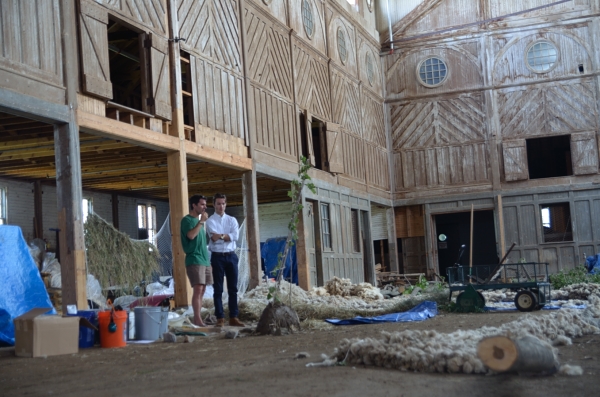
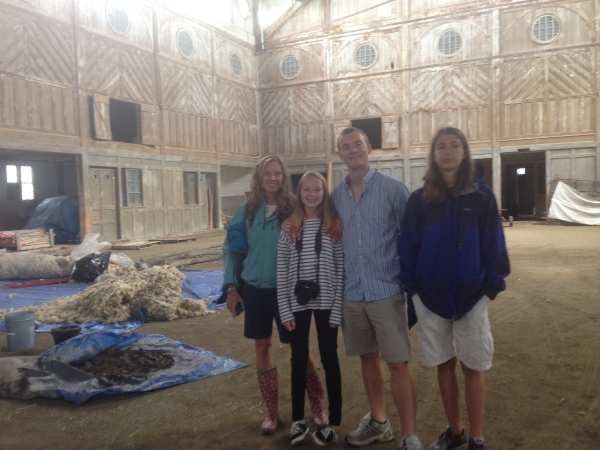
Double Edge Theatre Interns
A Remarkable Intern
A remarkable Intern
Meet Gina Shvartsman, a UMass student with intelligence and heart to spare. She is a wonderful addition to the studio when she comes to weave and felt and fill me in on what is happening in her Zen class.
addendum to Peace Comes Slowly Now
Every once in a while I will get images from viewers who witness work that has survived winter storms. This is when the changes in the piece speak the loudest about the materials I use and why I use them. The transformations, such as tendrils of wool teased out, or gaping holes left from the howling wind, are testimony to the effects of time on our own lives. The wool looks heavy and bedraggled when it is raining, much like how we feel when it is raining. On sunny and windy days wool is alive and dancing on the breeze. Many thanks to Marlboro College for the images.
Group Effort
Being an artist-in-residence at Marlboro College proved to be a memorable experience with such engaged students. They were a part of the construction and final design of the sculpture. Please visit Peace Comes Slowly Nowfor more information and pictures.
Marlboro
Work continues at Marlboro as the temperature plummets and November wind picks up. The sculpture students are wonderful and full of ideas.
Interns and letterpress
For a fundraiser for University of Massachusetts fine art scholarships, local artists have put together a portfolio of letterpress prints thanks to the generous work of Ali Osborn at Big Wheel Press in Northampton, MA. The following image is of the plate for my contribution titled Penelope's Sail on the beautiful press
And some images from the work at Double Edge Theatre interns. Look for the hand in the shadow work.
And a warm welcome to my enthusiatic intern Daniel from Hampshire College who works with me in the Amherst studio!
Walling In is deinstalled
Just finishing with some lovely last snow shots by Jeff Derose
And then it came down, always a bittersweet moment.
First we needed to get the sheep back into the fold.
Thanks to Nicki Robb, Jeff Derose, Keith McCormick, all of the students at Hartsbrook school, Margot Milliken, and Sarah Bliss for all their help.
new images of Walling In
Walling In
Public Outdoor Art Installation by Nancy Winship Milliken
Day One
…… Before I built a wall I’d ask to know
what I was walling in or walling out…..
Robert Frost, Mending Wall
This sculptural event was installed for one month at the Hartbrook School in Hadley, Massachusetts, during which time the community participated in weaving wool into a wire substrate. Wind and rain will participate too, changing the character of the wall as the community is building it. The wire has been kept loose so that the wind creates a billowing and undulating affect as if the wall were alive. Eventually the fence will enclose sheep in their pasture and we will witness the sheep walled in a textural, familiar environs that they will blend in.
Photo by Jeff Derose
When the students at the school are introduced to something unexpected, like wool woven into chicken wire, the first question I inevitably hear is WHY?! I love this question, because it is one I ask of myself, and also one I answer with other questions, such as what if?.... What will it look like if we build a pasture fence out of the very material that is gathered from the sheep? What will the wind and rain do to it? Can the community build it too? And an idea blossoms into a material object that is textural, experiential and process oriented.
When I was in Wales I would walk over the land of the sheep farm where I was staying, and find tangled bits of wool in the landscape, clinging to wire, branches, crevices of rock walls; the residual history of the sheep in the landscape. Here, in New England, there are fences and walls of every type of material, protecting, containing, and delineating property and borders. These two thoughts are the germination of the project, but as with all art, it is only the beginning.
The sensory experience of feeling lanolin on one’s hands and smelling wool is as much a part of this art piece as looking at the texture and watching the wind play with tendrils of loose wool. On the first day of participation in this project the participants curious questions fell away as the experiential process of the installation answered the all- important question of why?
























